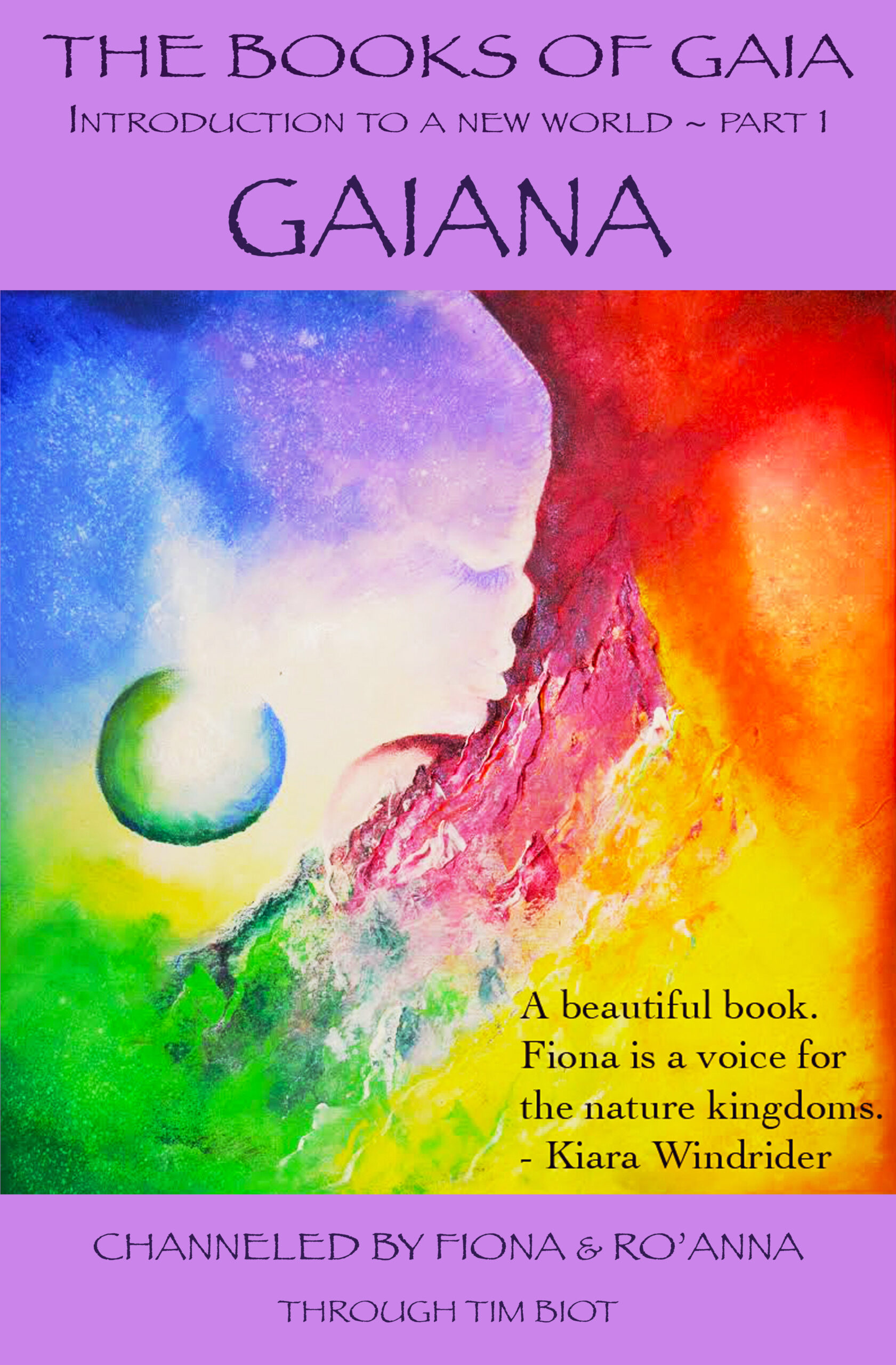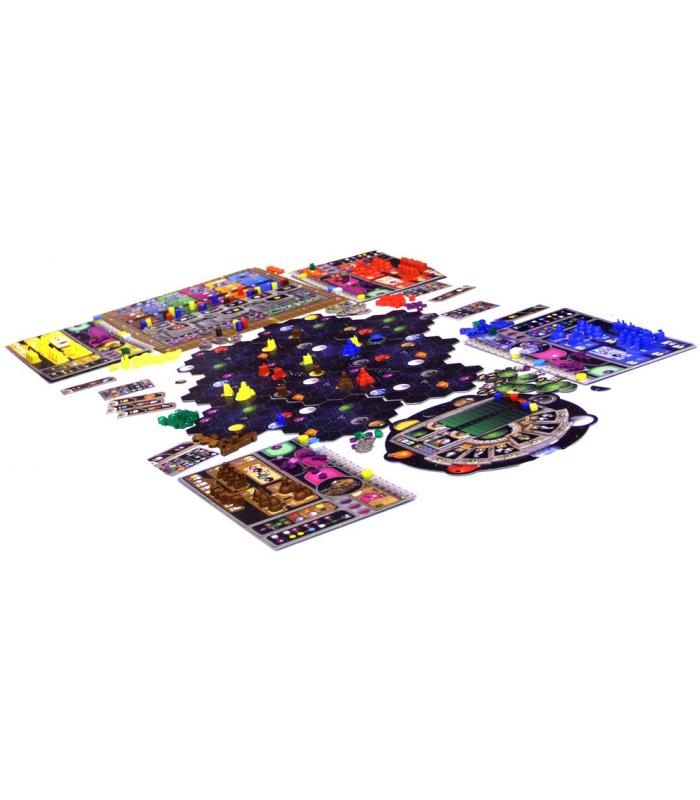

Gaia Project is a space colonisation and development game where various races compete to develop and grow through competing for the most desirable planets and producing various resources. A two-player game is hosted on seven sectors. The playing area is made of ten sectors, allowing a variable set-up and thus an even bigger replay value than its predecessor Terra Mystica. To do all of that, each group has special skills and abilities. All factions can improve their skills in six different areas of development - Terraforming, Navigation, Artificial Intelligence, Gaiaforming, Economy, Research - leading to advanced technology and special bonuses. In addition, Gaia planets can be used by all factions for colonization, and Transdimensional planets can be changed into Gaia planets. As in the original Terra Mystica, fourteen different factions live on seven different kinds of planets, and each faction is bound to their own home planets, so to develop and grow, they must terraform neighboring planets into their home environments in competition with the other groups. Lamas was granted several fellowships such as The Gardner Film Study Center Fellowship-Harvard University, The Rockefeller Foundation – Bellagio Center, Fundação Calouste Gulbenkian, Fundação Oriente, Bogliasco Foundation, The MacDowell Colony, Yaddo, Berliner Künstlerprogramm des DAAD.Gaia Project is a standalone sequel to Terra Mystica.

Her work has been screened both in art venues and film festivals such as Berlinale – Internationale Filmfestspiele Berlin, NIMK – Netherlands Instituut voor Mediakunst, Festival Internazionale del Cinema di Roma, BAFICI, Museo Nacional Centro de Arte Reina Sofia, FIAC, MNAC – Museu do Chiado, DocLisboa, Cinema du Réel, Visions du Réel, MoMA – Museum of Modern Art, Museo Guggenheim Bilbao, Pacific Film Archive, Harvard Film Archive, Museum of Moving Images NY, Jewish Museum NY, Fid Marseille, Arsenal Institut fur film und videokunst, Viennale, Hong Kong Film Festival, UCLA Film & Television Archive, Serralves – Museu de Arte Comtemporânea, Tate Modern, Centre d'Art Contemporain de Genève, Bozar – Palais des Beaux-Arts, Tabakalera, ICA – The Institute of Contemporary Arts, Mostra de São Paulo, CAC – Contemporary Art Center Vilnius, Ann Arbor Film Festival. Salomé Lamas (born 1987 in Lisbon, where she lives and works) studied cinema in Lisbon (Escola Superior de Teatro e Cinema) and Prague (Filmová a Televizni Fakulta Akademie Múzick'VCHV Praze), visual arts MFA in Amsterdam (Sandberg Instituut, Gerrit Rietveld Academie) and is a Ph.D candidate in Contemporary Art Studies in Coimbra (Universidade de Coimbra).


This record-cum-publication features correspondence with scientists Jérôme Borme, Alex Bondarchuk images captured with a scanning electron microscope (SEM) sounds by André Gonçalves, Emmett Kelly, Luís Fernandes, Rodolfo Carvalho, Filipe Felizardo, Joana Sá, Gonçalo Almeida, João Lobo, Nuno da Luz, Pedro Sousa, Yu Lin Hum, Tanja Simic. It was developed with the artistic direction of Salomé Lamas under the frame of Scale Travels, a collaborative program between Gnration and INL - International Iberian Nanotechnology Laboratory. It comprises two works, a record-cum-publication and an installation. Gaia is a multidisciplinary project with an approach between science, technology and the arts, in dialogue with contemporary thinkers and that promotes an ecological production. Would a new paradigm enable us to become more resistant to the test that the recent Coronavirus ordeal presents to the global economy and societies? Belonging to a territory is the phenomenon that we are most urgently rethinking and carefully redescribing learning new ways to inhabit the Earth is our biggest challenge. But without science and space exploration to aid understanding of what these amounts of rock and ice are, ancient cultures often turned to myth and legend to explain them. We would all like to end up reconciled with the world, to know what world we live in and consequently what life is. Meteors have fascinated the human race since they were first spotted in the night sky.


 0 kommentar(er)
0 kommentar(er)
